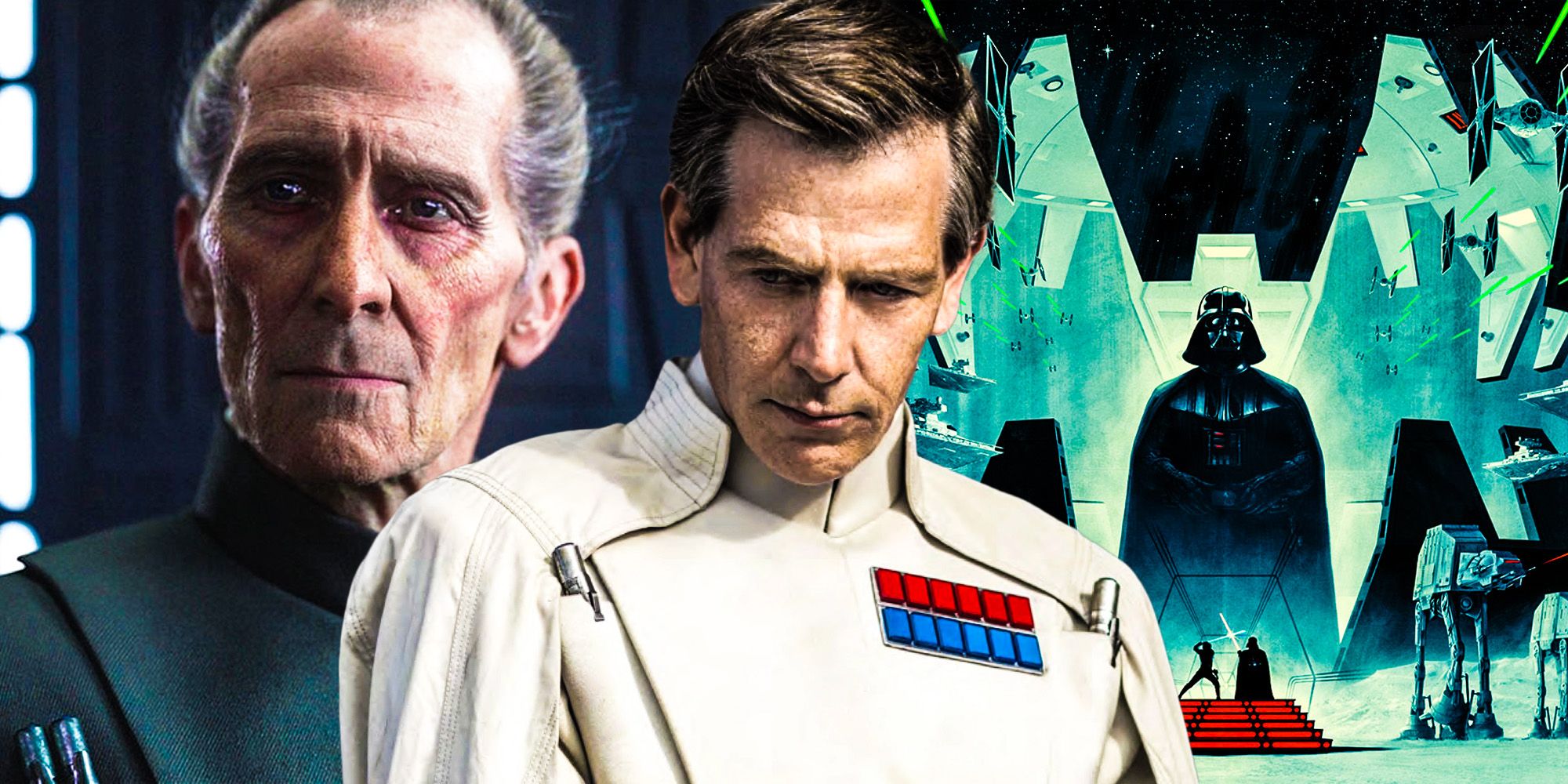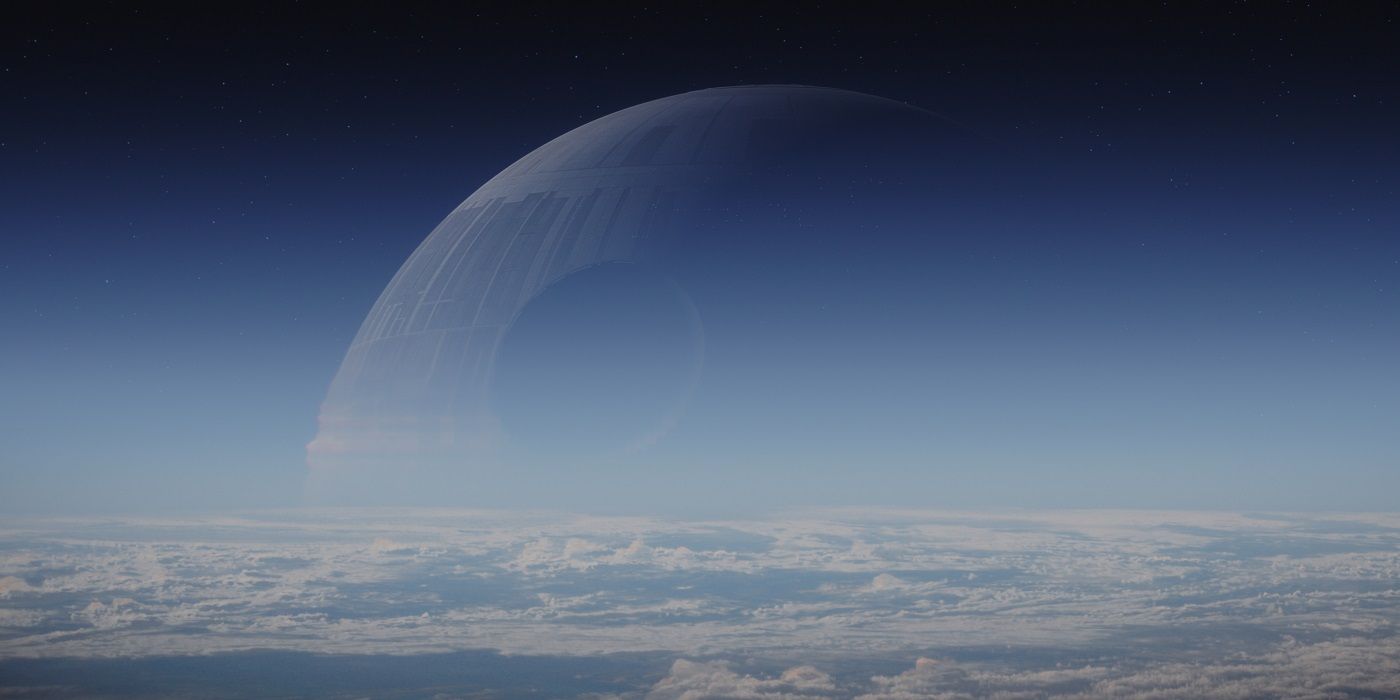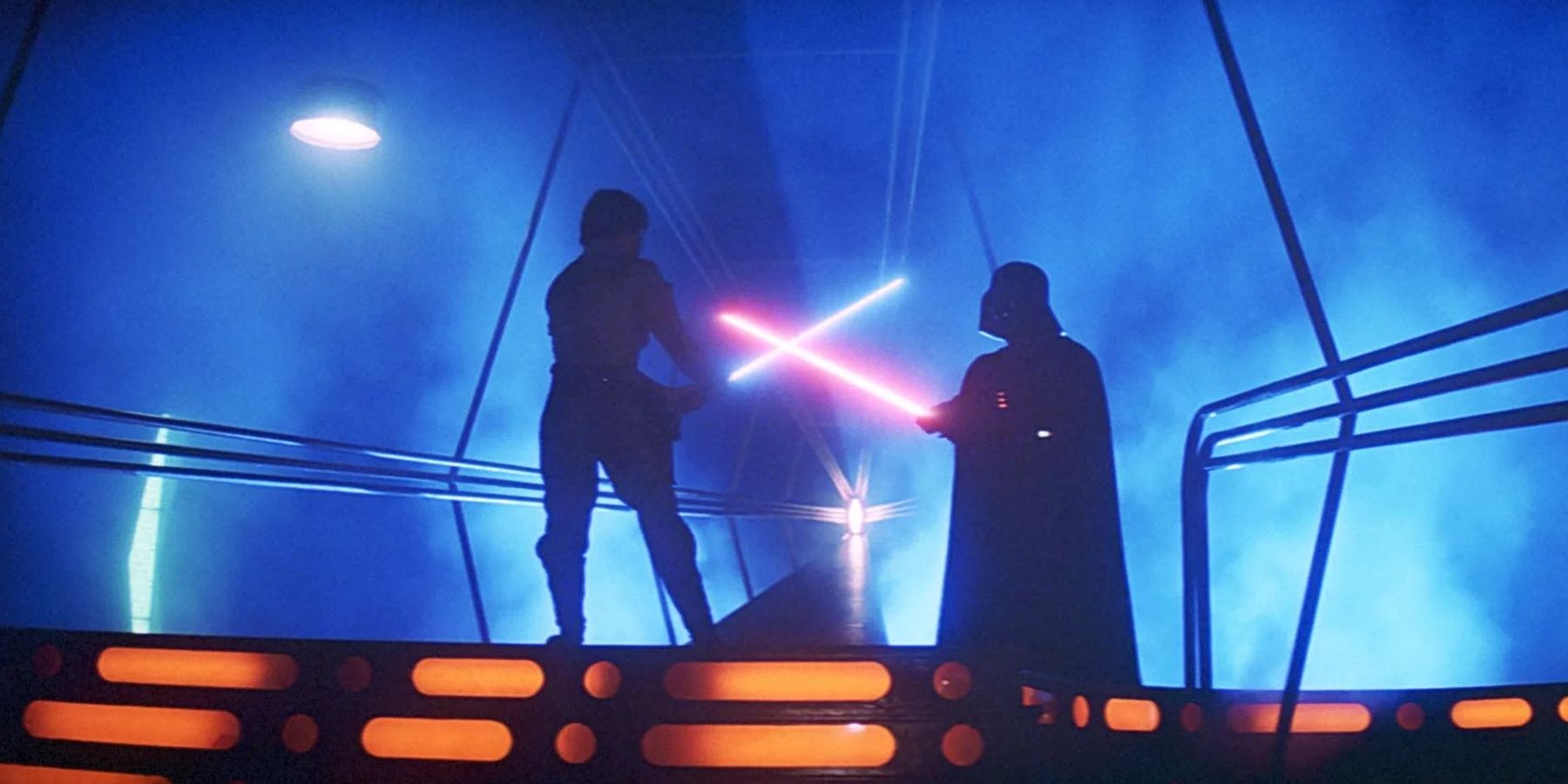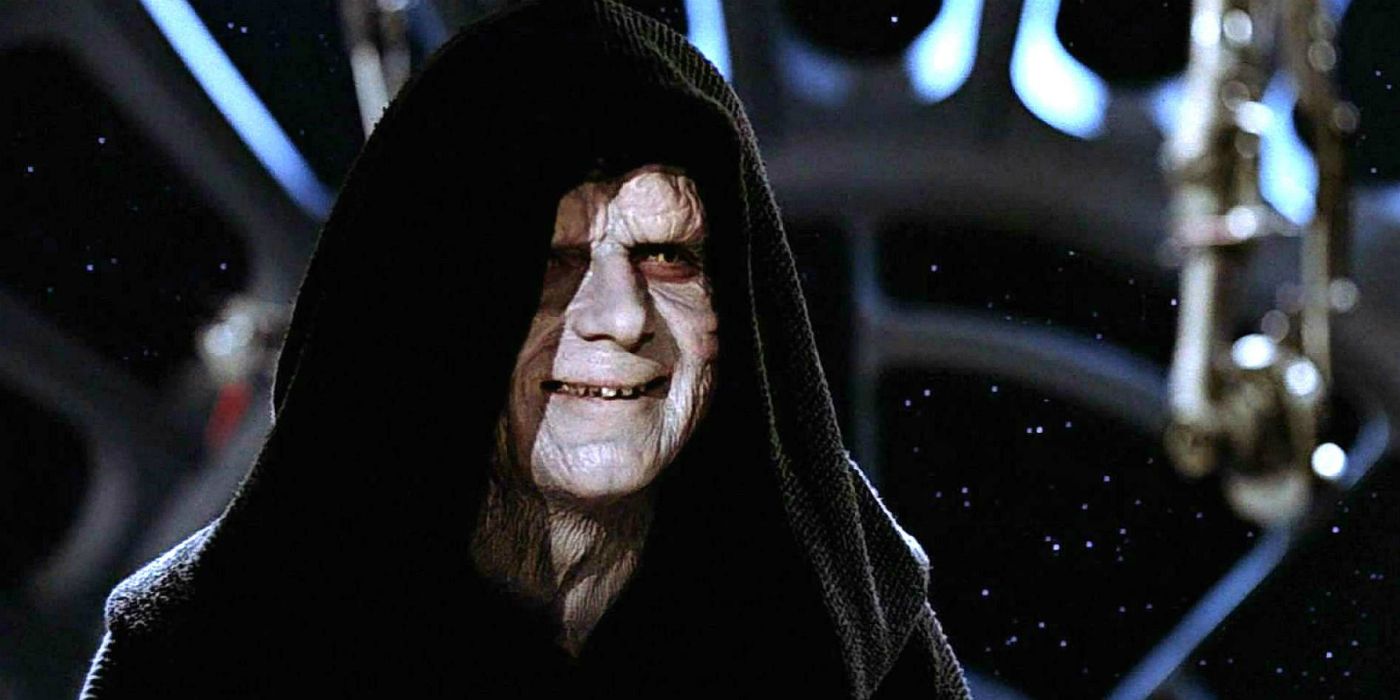What would Star Wars look like if it were told from the Imperial perspective? Let's face it, when it comes to good and evil Star Wars isn't exactly subtle. It's literally a cosmic battle between light and darkness, with the Sith embodied by a cackling fascist and his brutal enforcer. The story is told from the perspective of the Skywalkers, the Jedi, and the Rebels, how would that change if it was through the lens of the Empire?
Of course, characters like Darth Sidious and Darth Vader couldn't be at the center of such a story. The evil and corruption of the Empire it too obvious from their perspectives, and the inherent darkness of the Sith philosophy means you'd be dealing with themes of rage and hatred. A better approach would be to weave a character into the overarching narrative, an idealized Imperial who stood for what the Empire claimed to represent - stability, justice, and peace. Such an approach has been taken by some of the Star Wars tie-ins, with Claudia Gray's outstanding novel Lost Stars featuring one Imperial who remains loyal despite the destruction of Alderaan. But to truly tell this story from the Empire's perspective, you would need to go one step further; you would need to turn this into an exercise in propaganda.
This is exactly the kind of propaganda most mid to lower-level Imperials would have bought into. As explored in Alexander Freed's recent novel Victory's Price, Palpatine created a system where everyone justified their atrocities to themselves, with the intention of making them irredeemable. To accomplish this, he ensured the story Imperials told themselves was one they found persuasive. So what would that look like?
The First Star Wars Film - From The Imperial Perspective
It's easy to forget construction of the Death Star actually began during the final days of the Republic; it was well along by the time of Star Wars: Episode III - Revenge of the Sith. James Luceno's novel Catalyst reveals Palpatine ensured the Republic believed the Separatists were making their own superweapon, and that the Republic needed to finish theirs first. The Empire could easily deploy the same argument, painting Rebels as terrorists funded by the treacherous Core World of Alderaan, and who were even attempting to build their own version of the Death Star. The story of the Rebels could be further rewritten with Saw Gerrera as a key figure, rather than an isolated extremist. Perhaps the main point-of-view character in this pro-Imperial Star Wars story could be someone whose family was killed in one of Gerrera's acts of terrorism; tie-in novels have shown the Partisan leader had no line he would not cross, even using child bombers.
The key point is to create a story that appeals to the emotions, that sounds reasonable on the surface and doesn't invite you to question. This would allow the Death Star to be seen as a defensive tool, with Grand Moff Tarkin using it to protect the Empire by destroying the planet funding the Rebel Alliance. Obi-Wan Kenobi's brief infiltration of the Death Star would help to craft a narrative to encourage viewers to see the Rebels as something to be afraid of, because there had already been decades of Imperial propaganda about the so-called "Jedi Rebellion" in Star Wars: Episode III - Revenge of the Sith. And his apprentice's role in destroying the Empire's Death Star would allow the Empire to make the case that Rebellion needs to be crushed, because it is the child of the Jedi Rebellion, the next vehicle they used in their attempt to control the galaxy.
The Empire Strikes Back
Following on from this, it's actually quite easy to rewrite The Empire Strikes Back. The galaxy would be under a state of high alert, with the Empire fearful of Jedi Knight Luke Skywalker and his Rebellion, and with former Jedi Darth Vader heroically leading the hunt for his opponent. Darth Vader would be presented as a conflicted, tortured ex-Jedi who knew what his people had done a generation ago, and had committed his life to serving the Empire as penance. The discovery that the Jedi Knight is his son would expose all that personal turmoil, as he struggled to decide what to do.
The Empire could easily present their hunt for the Rebels as exposing all the darkest corners of the galaxy, shining a light on the unholy alliances the Rebel Alliance had formed. By emphasizing Han Solo, they could claim the Rebellion were the ones with the connections to organized crime - Han being a notorious spice runner, after all. Han's decision to go to his old friend Lando Calrissian could further be used to tarnish the Rebellion's reputation because they could suggest Lando was part of a secret network of criminals financing the Rebel Alliance. Of all the Star Wars films, this is the one easiest to twist to suit the Imperial perspective.
Return Of The Jedi
And that brings us to Return of the Jedi. From an in-universe perspective, the destruction of the Second Death Star actually marks the moment the Empire gave up on any propaganda. Shortly after the Battle of Endor, the Emperor's droids commanded Imperial forces to commit acts of genocide across the galaxy in "Operation Cinder," which was partly intended as a way of sifting the Imperials to remove anybody who had a trace of a conscience left. But let's imagine, for the sake of this exercise, that the story continued. The point-of-view character from the previous films would need to have seen a number of promotions, in order to be high-ranking enough to get a (distorted) perspective on the Imperial hierarchy itself.
The fulcrum of this story would need to be the relationship between Emperor Palpatine and Darth Vader. The Emperor would need to be shown as the man who kept the Empire centered, preventing abuses of power, but who unwisely trusted Darth Vader - the man who betrayed him. That final confrontation on the Second Death Star would need to be rewritten, of course, with Darth Vader unable to resist the lust for power that the Empire claims lies at the heart of being a Jedi. And the Emperor's death would need to be seen as a tragedy, an act of betrayal that meant a kindly and heroic figure was cut down and the galaxy collapsed into chaos as a result. Viewed from the Imperial perspective, and through the lens of Imperial propaganda, Return of the Jedi becomes the ultimate tragedy - the story of how a peaceful regime and its benevolent ruler was brought down by power-hungry rebels.




